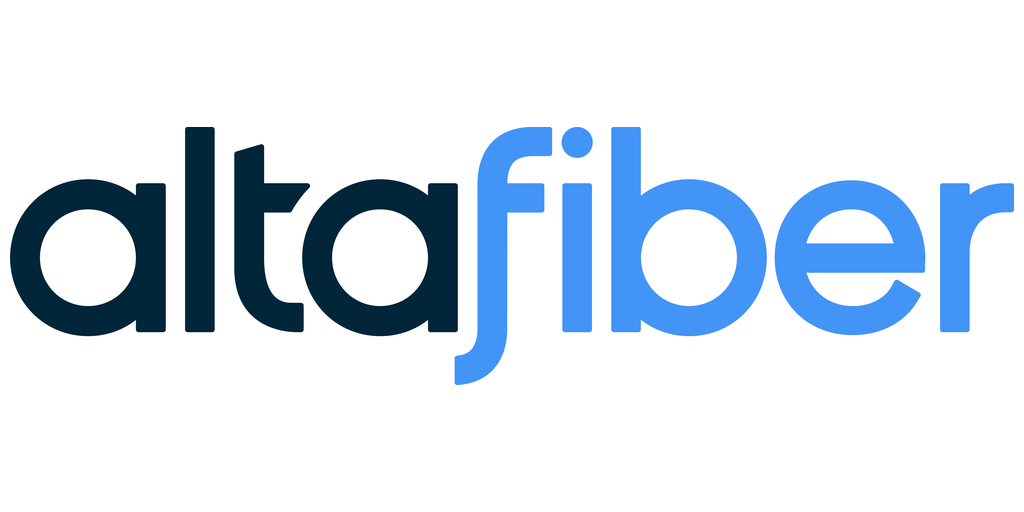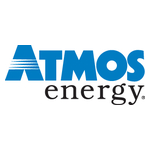By Luke Holland
Nickel is a versatile transition metal with numerous industrial applications, most notably in high-grade steel manufacturing and batteries. The global nickel market is in a state of transition as two distinct commodity segments come to the forefront: nickel utilised in the rapidly expanding rechargeable battery market, notably for electric vehicles (EVs), and nickel destined for the conventional stainless-steel market, where ferronickel and nickel pig iron (NPI) dominate. The increasing adoption of EVs and the subsequent surge in demand for high-purity nickel are offering a welcomed respite and resurgence to the industry.
Nickel’s global market has been growing steadily, with an evaluation of USD 33.31 billion in 2020. The market is forecast to grow to USD 59.14 billion by 2028, driven by a compound annual growth rate (CAGR) of 7.3% during the 2021-2028 period. This projected growth was observed in 2021 when nickel’s price exceeded expectations, rallying above US$20,000 per tonne as demand for the essential metal rebounded. The key behind this ongoing projected growth is the global requirements for a green fleet, with some EV manufacturers favouring nickel rick battery chemistry alternatives. Nickel-Cobalt-Manganese (NCM) batteries are becoming increasingly more popular due to increased energy storage, lower space usage and faster chargeability than their conventional lithium-ion counterparts.
The recent squeeze on the essential battery metal has recently seen to have somewhat abated. Lead strategists at Macquarie Group, claim the nickel market is poised at a critical juncture, with an influx of battery grade metal supply set to enter the global stock exchanges, in particular the London Metal Exchange (LME), which is the benchmark for global nickel price. This may inverse the price of the critical commodity as a flood of oncoming supply, initially spurred on by the exceptional nickel prices of the recent past, could dampen demand should the production rates meet the expectations.
Macquarie believes the situation is poised to change due to the emergence of new facilities in China and Indonesia, dedicated to converting intermediate nickel forms into a form suitable for delivery on the LME. China is home to one of the largest plants capable of converting intermediate nickel into LME deliverable metal. The exchange recently granted approval for the first of these plants. Macquarie estimates that these facilities could contribute up to 200,000 tons of nickel production capacity by the conclusion of next year. This increase has the potential to elevate LME-deliverable nickel supplies by 35% in comparison to 2022 levels. Presently approximately 20% of the global nickel production is in the pure metal state that meets the exchange’s (LME) delivery standards, while the remainder is composed of intermediate products directly utilised by the steel and battery sectors However, according to Benchmark Intelligence, US$66 billion will need to be pumped into producing nickel by 2030 – the highest cost of any battery-related commodities. In 2023 demand accounts for 15%, yet Benchmark analysts envisage this to rise to 32% by 2030.
Seeking to capitalise on this demand, global mining juggernaut BHP [NYSE-BHP] has further strengthened its hand in the green EV space with the recent takeover of OZ Minerals. The acquisition primarily bolsters BHP’s copper portfolio with the producing South Australian Prominent Hill and Carrapateena mines now adjacent to the already BHP owned Olympic Dam. The takeover too sees a boost for the giant’s nickel reservoir, with Oz Minerals’s West Musgrave copper nickel project joining the prolific nickel west for company. In its initial five years of operation, West Musgrave is expected to have a nickel production capacity of around 35,000 tonnes per year, averaging an annual production of 28,000 tonnes over its projected 24-year operational span.
Elsewhere, exploration appears to be thriving for the essential commodity with a plethora of juniors actively exploring for the critical metal, with jurisdictions in Canada becoming a focal point for the search. One such junior in the hunt is Mosaic Minerals Corp. [CSE-MOC], a company focused on the discovery and mining of lithium, copper, nickel and other strategic minerals in Quebec, one of the most favourable jurisdictions for mining in North America.
The company has assembled a portfolio of 11 projects, covering roughly 80,000 hectares and has launched a 2,000-metre drilling program at its Gaboury nickel project. Gaboury is a nickel-rich ultramafic intrusive that potentially stretches for over 9.0 kilometres, the company has said. It is a strategy that is based on the belief that strategic metals, including nickel and lithium, will be in increasing demand due to the accelerating technical development of the modern electrical industry, including specifically the automotive, and power sports industry.
Gaboury consists of 114 mining claim cells covering 6,064 hectares and is located approximately 150 kilometres southwest of Rouyn-Noranda. The project is accessible via paved and gravel roads and is also located 11 kilometres east of the former Loraine Mine, which produced 600,000 tonnes of ore, grading 0.47% nickel and 1.08% copper.
Comprised of the Pike Nickle Centre, West and East showings, the nickel project has been traced by drilling more than 4.5 kilometres. In addition to the presence of strategic minerals, Gaboury also contains several gold showings.
In a November 1, 2023, press release, Mosaic said the 2,000-metre drill program will consist of eight holes. The aim is to verify the strength of the Pike Nickel index as a whole in order to better identify the most favourable sectors in terms of grade and potential volume.
“We are happy to resume drilling on Gaboury in continuity with the program carried out at the beginning of the year,’’ said Jonathan Hamel, President and CEO of Mosaic. “This program will allow us to gather more information on the nickel potential of the Pike East Zone.”
Earlier this year, a four-hole program (1,120 metres) designed to test the Pike West showing and a magnetic anomaly located south of the Pike West zone, returned 159.5 metres of grade 0.23% nickel, including 96.5 metres of grade 0.25% nickel and 51 metres of grade 0.26% nickel in the Pike West showing.
Drilling has also intersected a previously unknown gold zone, revealing a grade of 2.54 g/t gold over 1.65 metres, including 4.62 g/t over 0.8 metres. The gold occurs in a strongly magnetic, highly silicified formation with the presence of chalcopyrite.
To gain a better understanding of the nickel mineralization present in ultramafic formations, we collected 10 samples from mineralized zones in 8 drill holes. Thin-slice petrographic examination revealed that the mineralized rocks are indeed ultramafic in nature, containing serpentine with chromite and magnetite, and up to 1% nickel-bearing sulfides, namely millerite and violarite. A sample located in a basalt underlying the ultramafic rocks revealed instead the presence of disseminated pentlandite and in fractures within the basalt. Based on these results, we believe that the magmatic nickel deposit model applies well to the Gaboury project.
Mosaic was focused on nickel prior to its recent move to acquire a basket of Quebec properties where lithium is the primary exploration target. In early February, 2023, Mosiac acquired the 5,650 hectares covering the eastern extension of Patriot Battery Metals Inc.’s [PMET-CSE, PMETF-OTCQB, R9GA-FSE] Corvette lithium project. The Pluton SM project is located in an environment consisting of granitic intrusives, with the presence of biotite and muscovite, two minerals considered markers in the search for lithium.
The company recently completed an initial prospecting program on the Amanda project, which has the potential for both lithium and gold. The Amanda project covers 7,677 hectares and is located on Eeyou Istchee territory, James Bay, approximately 65 kilometres northeast of the Whabouchi lithium deposit (Nemaska).
Company officials have also been attracted by several lithium anomalies identified by the Quebec Ministry of Energy and Natural Resources, including 299 ppm Li on the company’s Lithium SM project, which covers 10,684 hectares and is located 40 kilometres north of Quevillon.
Following recent forest fire activity, Mosaic said it was contemplating launching prospecting campaigns not only on Lithium SM, but also on its Mirabelli SM, Maqua SM and Amanda projects.
Mosiac said it has counted the presence of 52 pegmatites that are favourable to the presence of lithium on its Mirabelli SM project. Pegmatites contain lithium-bearing minerals known as lepidolite and spodumene, a major lithium source. Mirabelli SM is located in the James Bay area about 15 kilometres south of the municipality of Eastmain, and west of the James Bay lithium project of Allkem Ltd. [AKE-TSX, ASX], held through its Galaxy Lithium (Canada) Inc. subsidiary.
Mosaic officers low risk exposure to earl- stage critical minerals exploration as its shares were trading at $0.075 on November 12, 2023 in a 52-week range of 25.5 cents and $0.045.
Ongoing exploration and subsequent mining efforts globally will aim to meet the challenge posed by the green wave. The Global Nickel market is anticipated to rise at a considerable rate between 2023 and 2030. In 2022, the market grew at a steady rate and with the rising adoption of strategies by key players, the market is expected to rise over the projected horizon. The onboarding of plants capable of converting intermediate nickel into forms suitable for the LME will have an impact on the market, however with US$66 billion worth of capital required to attaining nickel targets forecasted by 2030, the miners and explorers of the world are set to continue to relish in the basking metallic glow of the nickel rush.




